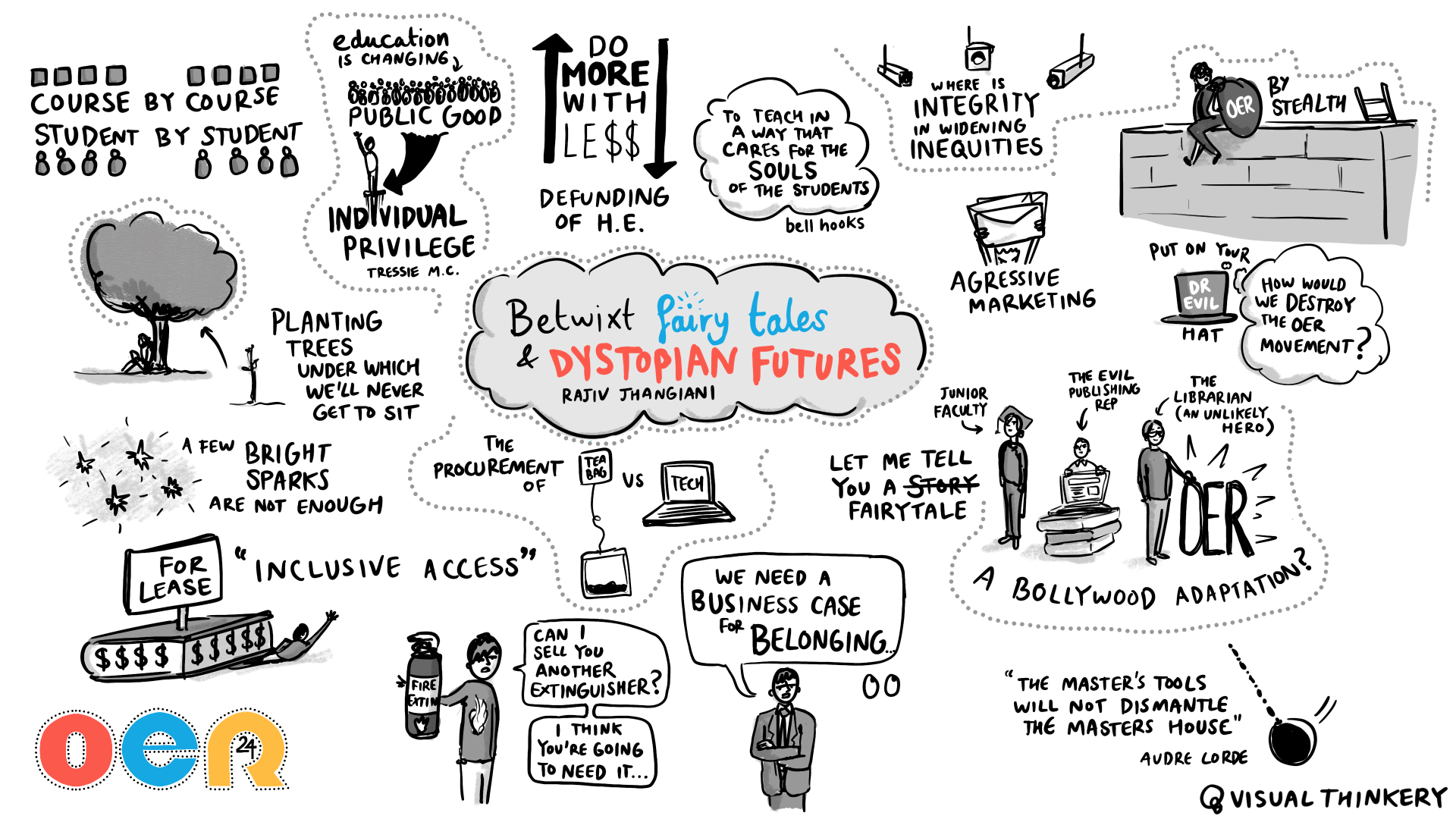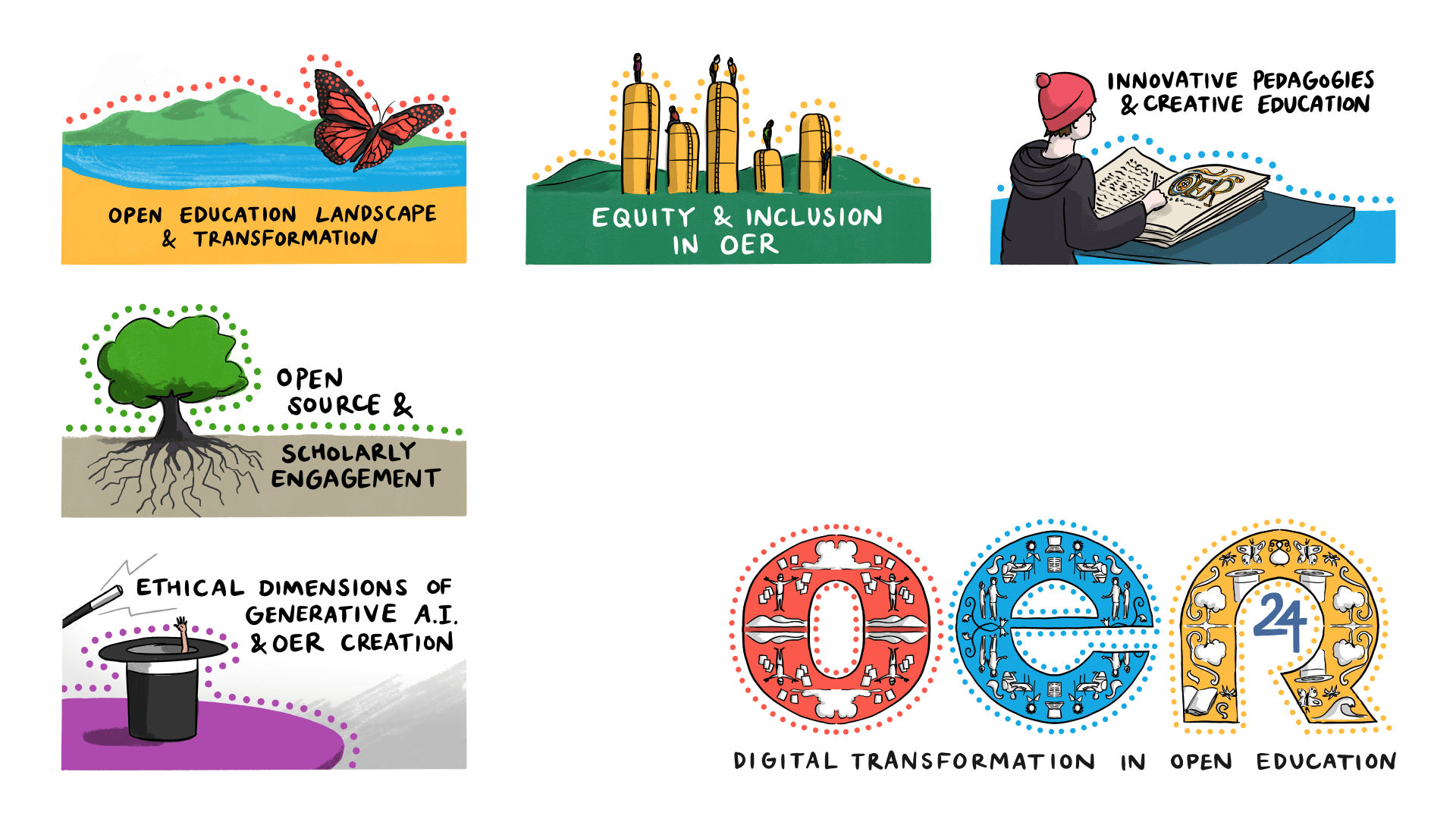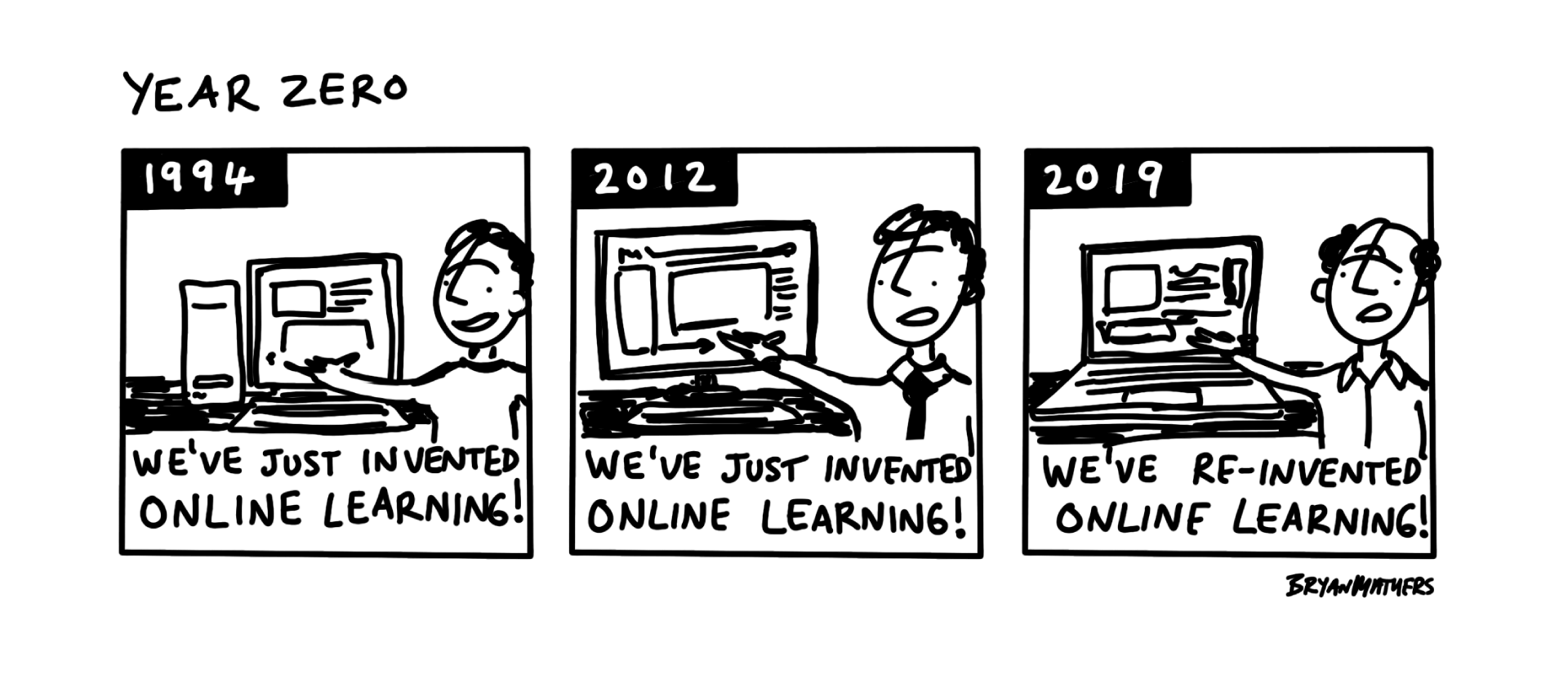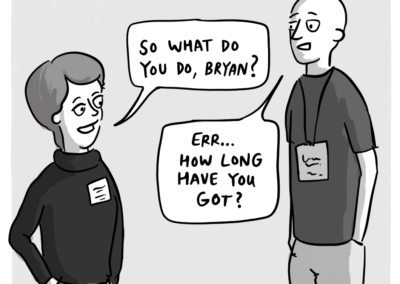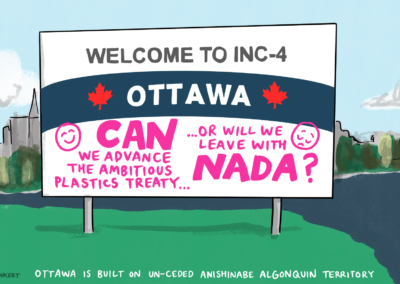INC-4: Global Cartoons for a Global problem

Global Cartoons for a Global Problem
Goodness knows we need one: a global treaty on plastics. But Big Oil with its stranglehold on the stuff of life is lurking with unlimited lobbying resources. Their playbook is one learned from Big Tobacco and Big Sugar: delay, distract, derail…
Last week, I was covering the fourth session of the Intergovernmental Negotiating Committee (INC-4) for the BreakFreeFromPlastic community as they met in Ottawa, Canada, to develop a legally-binding global treaty on plastics. It’s always a bit weird covering a conference when you’re not physically present. The beginnings of my best cartoons (in my humble opinion at least…) often emerge from an insignificant bit of detail in a conversation. A throwaway comment. A metaphor leaned into. The beginning of a story. So instead I have to rely on having eyes and ears in the ground and a whatsapp group for creative members of the community to throw things into Bryan’s cartoon ideas melting pot. It would be impossible without my contact – she’s actually at the conference, able to corral the troops and filter out the noise, preventing ideas from getting over-thought and overcomplicated.
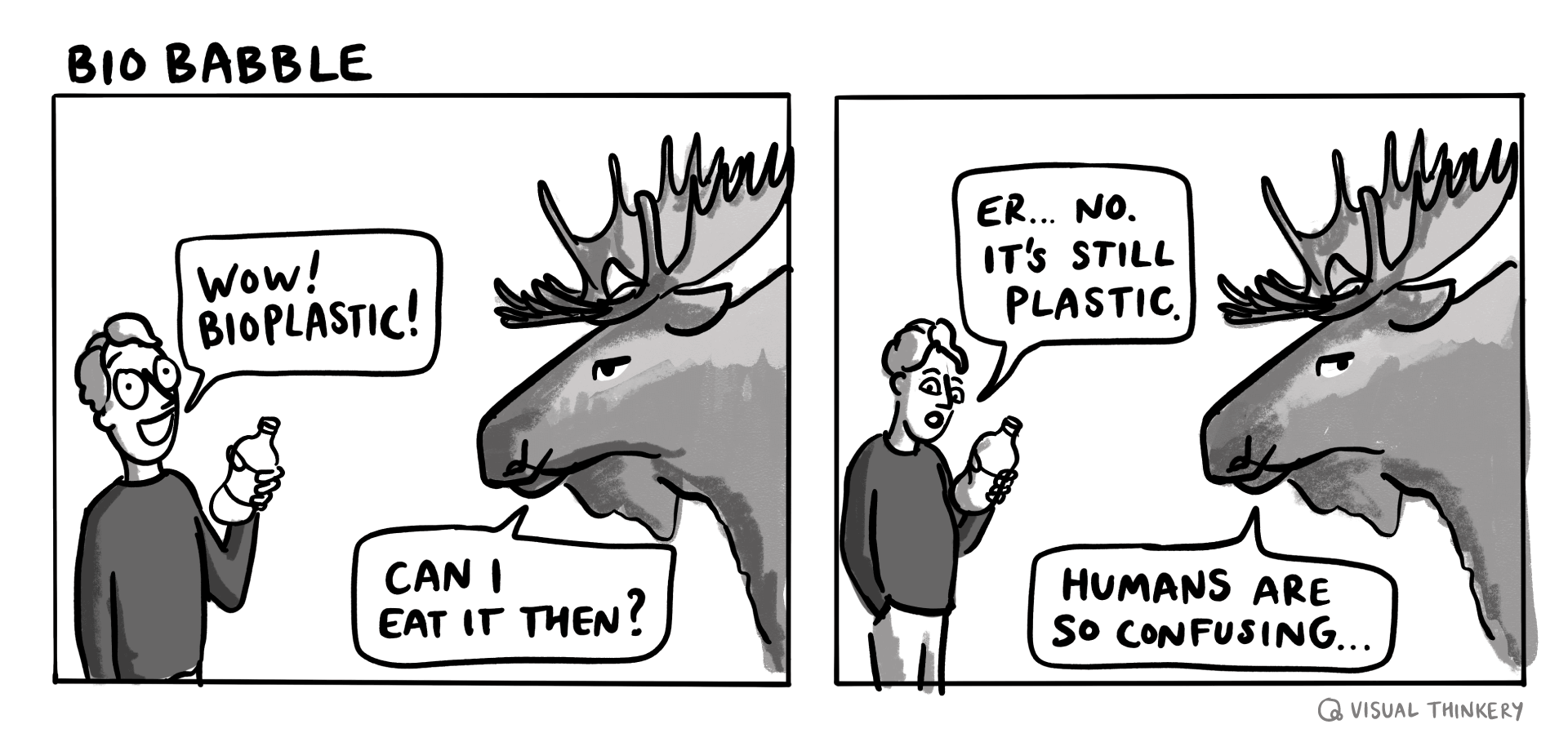
One of the initial moosy ideas for INC4...
I sketch up ideas in black & white – so as not to be distracted by colour. It means that I prioritise contrast over colour – which is important as there are some parts of the message that really need to pop.
When you’re creating a cartoon, you’re inside it. It becomes very hard to see it objectively as someone else would with fresh eyes. It’s similar with humour. Once you know the joke, it’s different second time around. So it’s easy to go from being initially tickled by an idea to binning it within the space of half an hour. So the process is this:
1. Catch the idea
2. Sketch it up
3. Move on (before you kill it…)

So much time was wasted revisiting the treaty scope. Kicking the process into the long grass is a tactic as old as time…

This cartoon was originally drawn 5 years ago, but it is still as appropriate today… 🙁 It was remixed and reused following “Plastic isn't the problem” comments from the Exxon CEO leading up the negotiations.

Was this idea too edgy? Possibly…

Have you ever thought about the presence of toxic additives in plastic products? No, me neither.

Bioplastic is the future! Oh now hang on a mo…
When it comes to Plastic Pollution, I’ve learned so much from the people I’ve had the privilege to work with. Not so long ago, I was completely oblivious to so much of the plastic world around me. My own ignorance, curiosity and learning form a key part of the cartoons I create.

There were several interventions to avoid the inclusion of Microplastics and Nanoplastics - and the metaphor of “shedding a little skin” is actually a direct quote from one of the delegates…

Making a cartoon work for a global audience is far from straightforward. However, you’ll know when an idea has resonated when the request comes to facilitate the translation of the cartoon into another language. This in itself can be problematic – and it comes with two main pitfalls.
Firstly, other languages can obviously use a different number of words to say a phrase. Especially if an idiom is used. For example – “You’re pulling my leg” in Finnish becomes “You’re pulling me by the nose”, in German “You are taking me unto your arm”, and in Russian “You’re hanging noodles from my ears”. In a cartoon the speech bubbles form an integral part of the artwork, and they evolve as the artwork evolves. Suddenly having to change their shape or size to accommodate a few extra words can cause a real design headache.

A visual idiom that probably won’t translate…
Secondly, writing is much slower and proofing is much more difficult. A missing accent or misspelt word is so easy to do, and might remain unspotted to the very last. This adds time to the to-ing and fro-ing of finalising the artwork. I’ve toyed with the idea of making remixable cartoons using the fabulous Remixer Machine. I’ve already created a few comic fonts of my own hand, so giving participants the ability to remix a cartoon with different words is very possible. Hopefully I can have a prototype of the remixable cartoon built for INC-5 – watch this space!

The final leg of the treaty process will take place in Busan, South Korea at the end of November.
You can read all about the INC4 conference progress (or lack of it) here: https://www.breakfreefromplastic.org/2024/04/30/inc-4-negotiating-countries-fail-to-respond-to-the-magnitude-of-the-plastics-crisis/
Read next
Here are some other projects you might be interested in.






